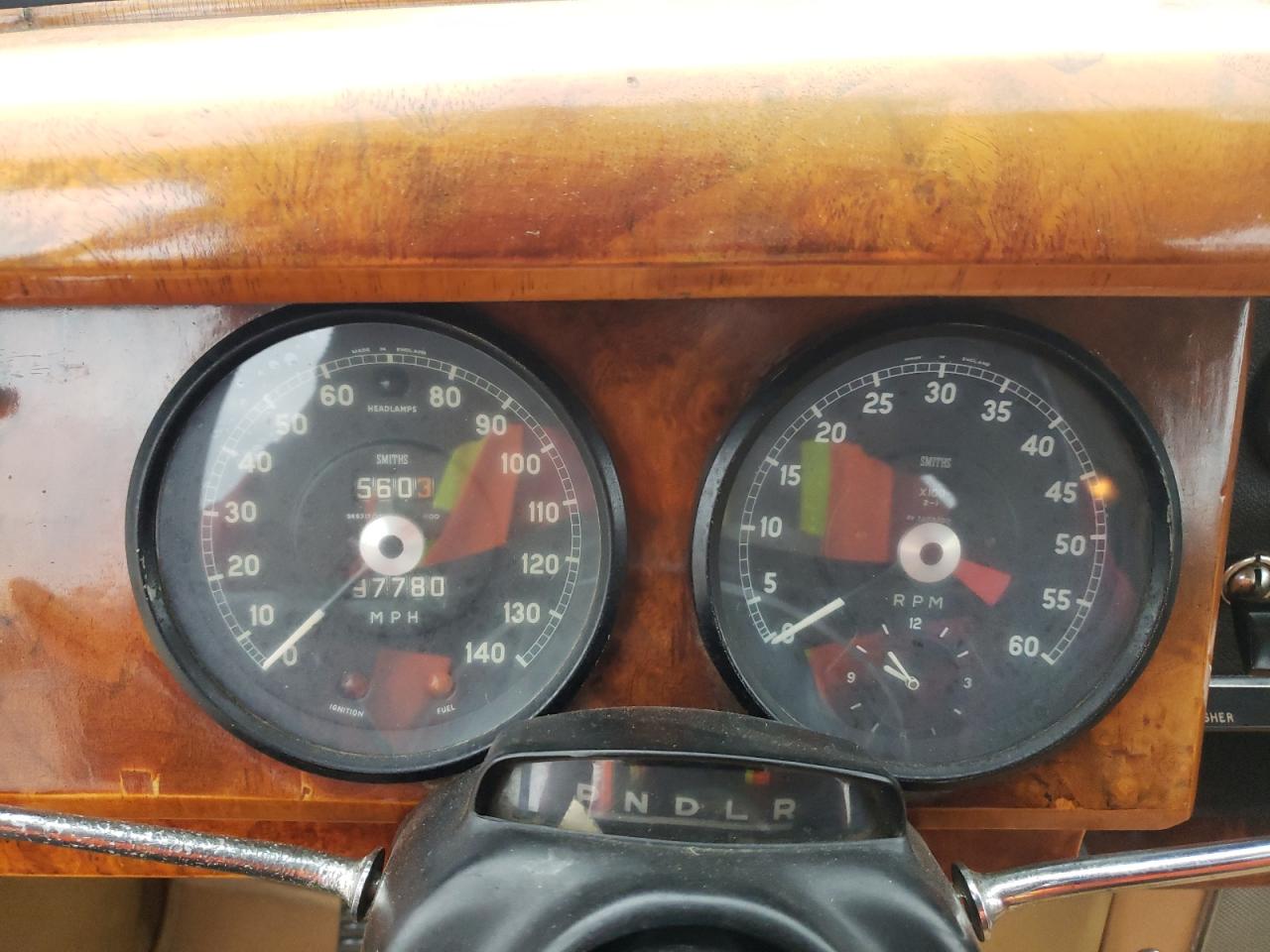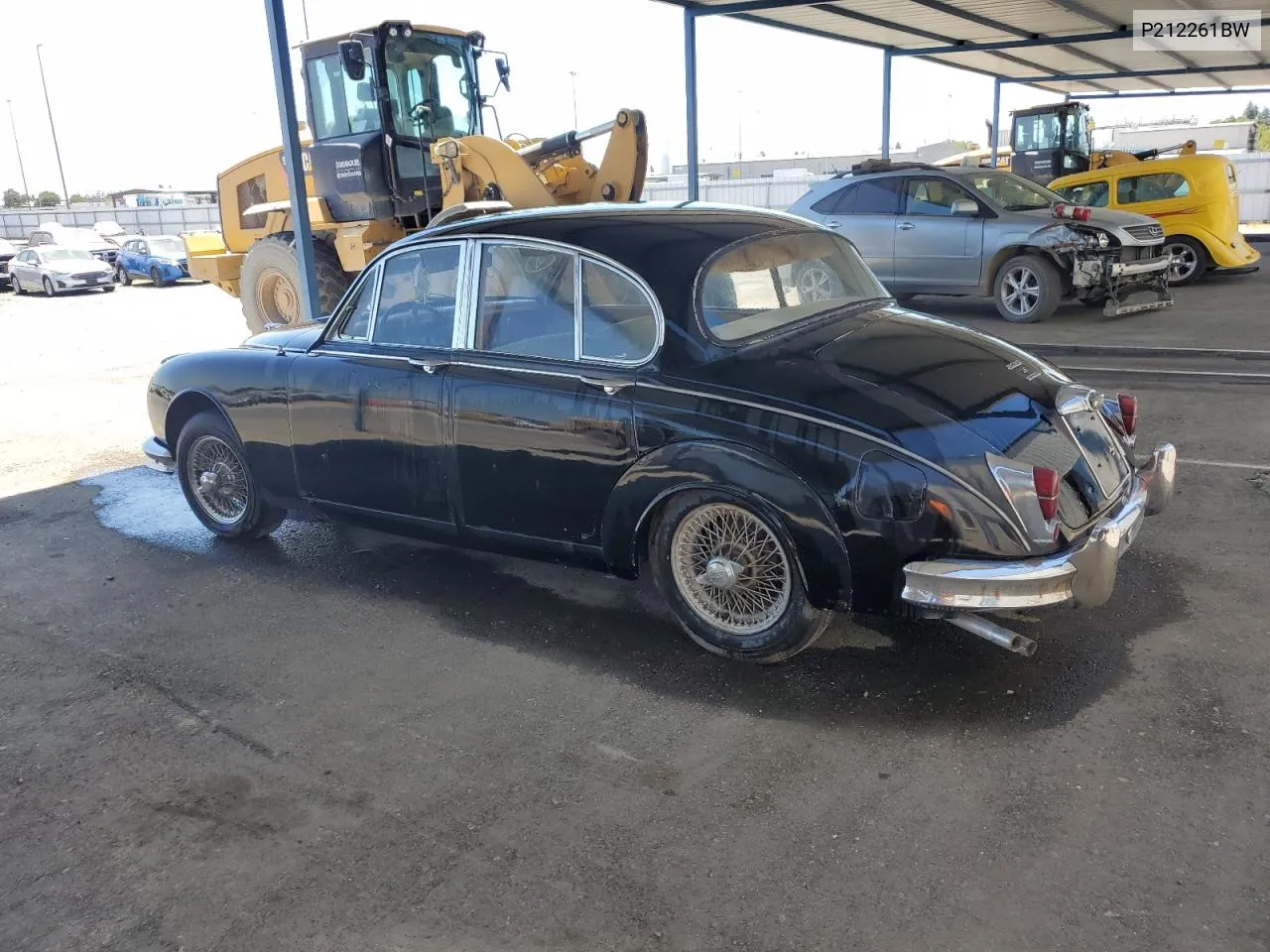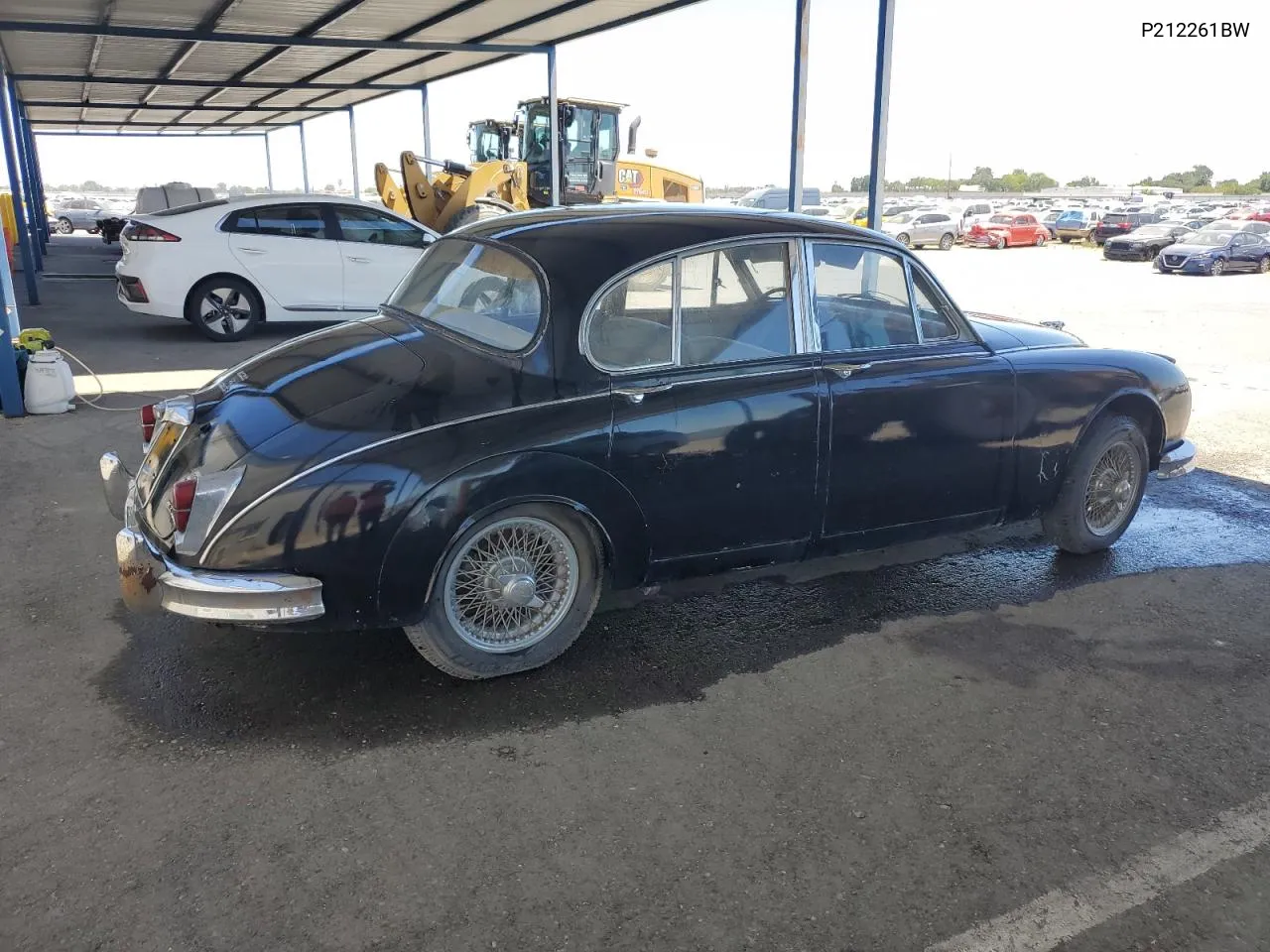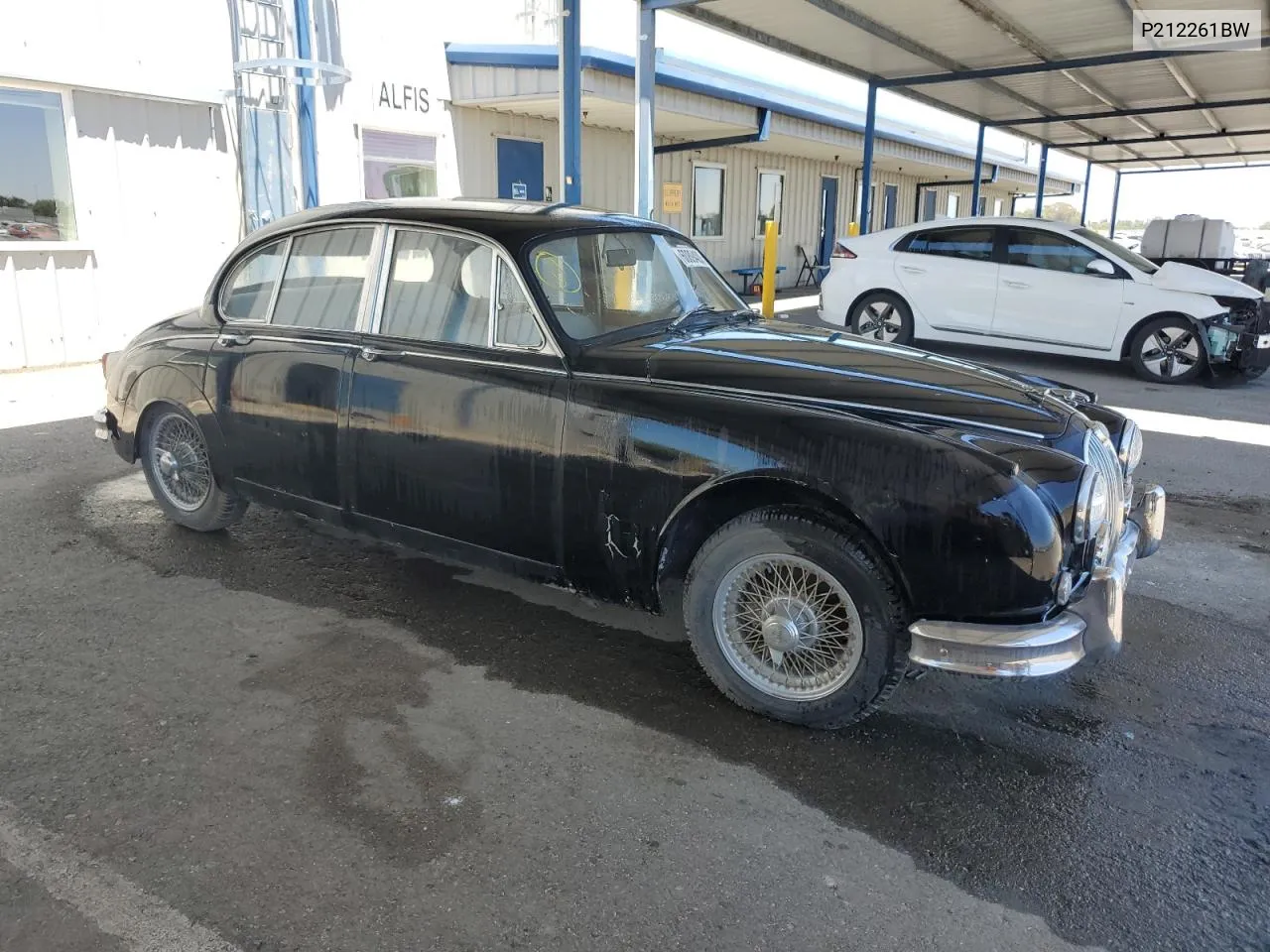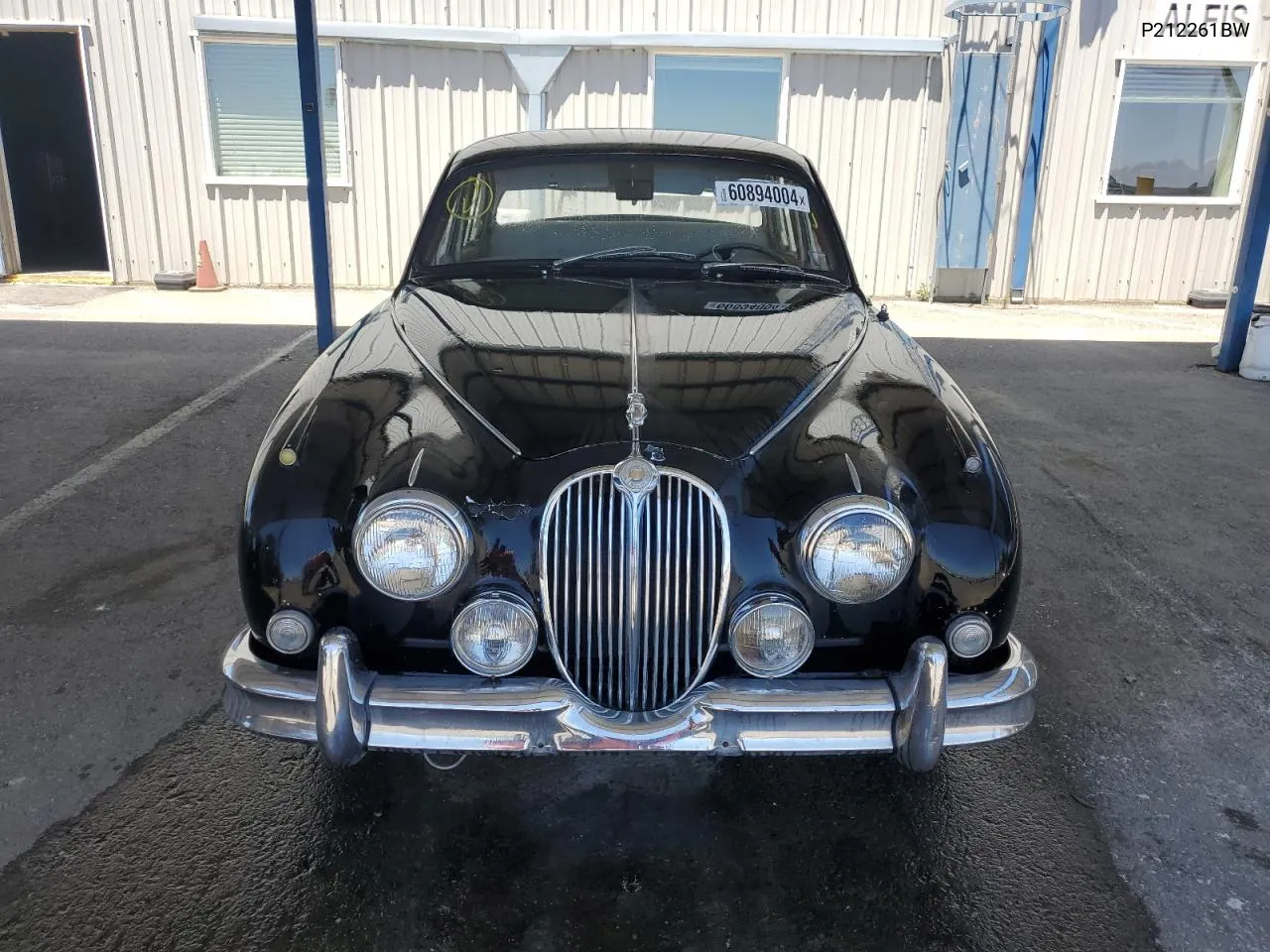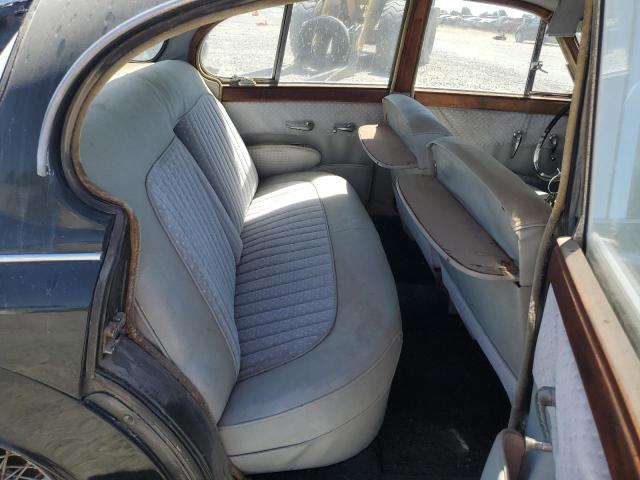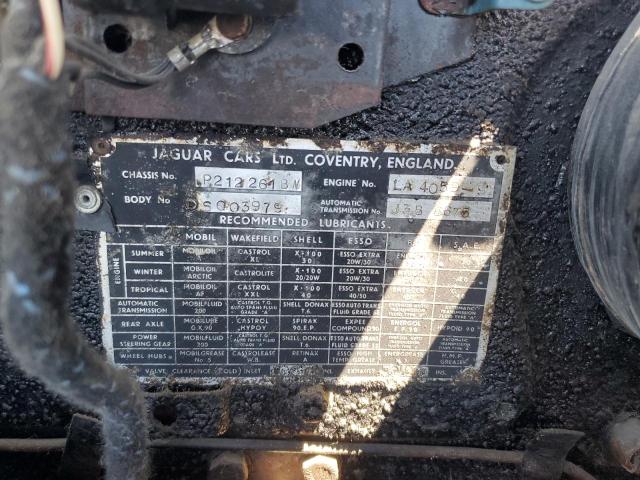Jaguar Mark 2 (2)
The Jaguar Mark 2 is a legendary car that has left a significant mark on the history of British automobile manufacturing. Produced from 1959 to 1967, it became a symbol of elegance and speed. This mid-size saloon quickly gained popularity among both luxury enthusiasts and professional racers thanks to its combination of stylish design and powerful engines.
The Jaguar Mark 2 model was presented in several modifications, each of which had its own characteristics. The most common versions were those with engines of 2.4, 3.4 and 3.8 liters. The model with a 3.8 engine was the most popular, as it offered an ideal combination of power and controllability. In addition, this version was often used in racing and police services due to its speed and reliability.
The colour palette of the Jaguar Mark 2 was quite varied, satisfying the tastes of the most demanding customers. The most popular colours were British Racing Green, Opalescent Silver Blue, Carmen Red and Old English White. Each of these shades emphasized the unique style of the car and its belonging to the luxury class.
Over the years of production, about 83 thousand Jaguar Mark 2s were produced. Despite the impressive number, some cars remain especially valuable to collectors. The most successful versions include models with 3.8 engines, which are considered classics today. However, there were also problems. For example, models with a 2.4 engine suffered from insufficient power, which did not always satisfy demanding customers.
In conclusion, the Jaguar Mark 2 can safely be called one of the most successful cars of its time. Not only did it represent luxury and style, but it also offered excellent technical characteristics, which made it a desirable purchase for many car enthusiasts. In the next section, we will take a closer look at the history of each modification, colors, problems and successes associated with this model.
History of the Jaguar Mark 2
The Jaguar Mark 2 was first introduced in 1959 as an updated version of its predecessor, the Mark 1. The Mark 2 was designed to meet the requirements for a more modern and comfortable car, while retaining traditional British styling and high performance.
The Mark 2 became an icon of the automotive world thanks to its elegant design, powerful engines and outstanding performance. The saloon was popular with both luxury travellers and racing drivers thanks to its sports suspension and dynamic handling.
Modifications and years of production:
- During its production period from 1959 to 1967, the Jaguar Mark 2 went through several modifications, including engine improvements, interior and exterior changes, and technical upgrades.
- It was available with a variety of engines, including 2.4, 3.4 and 3.8 liters, allowing you to choose between different levels of power and performance.
Colors and sales:
The Jaguar Mark 2 was offered in a variety of colours, including classic shades such as black, burgundy, blue and grey, as well as more exclusive options.
Despite its appeal and popularity, the exact number of units sold during the Jaguar Mark 2's production run has not always been accurately calculated due to various factors such as changes in accounting methods and the retention of sales data in the past. However, it remained one of the best-selling and most recognisable cars of its time.
Successful and problematic aspects:
Among the most successful characteristics of the Jaguar Mark 2 were its elegant design, powerful engines, excellent handling and comfortable interior. It was popular with wealthy buyers and car enthusiasts, and was also used in racing due to its sports suspension.
However, like any car, the Jaguar Mark 2 had its share of problems, including some reliability and maintenance issues typical of the era and of high-performance cars.
Modifications: From Classic to Modern
The Jaguar Mark 2 has seen many iterations, ranging from subtle improvements to radical changes. The core model line began in 1959 and has continued to evolve over the decades, maintaining its reputation as a symbol of style and power.
Since its original introduction in the late 1950s, the Jaguar Mark 2 has evolved into a classic example of automotive elegance. Over the years, models have received updated engines, revised body designs and improved safety and comfort technologies.
- Classic Series: Included early models that set the standard for style and performance in their day. They featured a number of revolutionary technologies at the time and offered a wide range of engine and trim options.
- Upgraded versions: During the 1970s and 1980s, the Jaguar Mark 2 received a number of upgrades aimed at improving efficiency and reliability. These models featured improved suspension systems, upgraded engines and updated interiors.
- Special Editions: Over the course of its life, Jaguar has produced various special edition versions of the Mark 2, including limited editions with exclusive trim and extra equipment, making them even more desirable to collectors.
Color Solutions: Choosing a Style
The choice of colour for the Jaguar Mark 2 was an important aspect in determining the look and feel of the car. While some preferred classic and understated shades, others preferred brighter and more expressive colours to highlight the individuality of their car.
The manufacturer offered a wide range of color options for its Mark 2 models, ranging from traditional black and silver shades to more vibrant and extravagant ones such as bright red or blue. This varied selection allowed buyers to choose a color that suited their individual taste and style.
Some of the most popular colours for the Jaguar Mark 2 included deep blue, elegant black and sophisticated silver. These colours gave the car a sense of class and elegance, making them particularly appealing to those who appreciate classics and luxury.
However, some owners preferred unique and unusual colors to make their car stand out from the crowd. Bright shades such as moss green or bright red could attract attention and highlight the owner’s individuality.
Ultimately, the choice of colour for the Jaguar Mark 2 was a matter of personal preference and style for each owner. With a wide range of colours available, everyone could choose the option that best reflected their own taste and character.
Years of Production and Sales Volume
The history of the Jaguar Mark 2 model began in 1959 and continued until 1967. During this time, the car became an icon of style and elegance, attracting the attention of connoisseurs of automotive excellence.
The Jaguar Mark 2's sales figures were impressive for its time. Over 83,000 units of the model were sold during its eight years of production. This demonstrates its considerable popularity and demand in the luxury car market.
Jaguar Mark 2 production years and sales volumes:
- 1959-1960: About 7,000 units sold.
- 1961-1962: Sales increased to over 15,000 units.
- 1963-1964: Peak of popularity with sales exceeding 20,000 units.
- 1965-1967: Sales gradually declined, but remained at over 10,000 units per year.
The Most Successful and Problematic Models
During its existence, the Jaguar Mark 2 went from being a classic representative of the English car industry to a cult legend. Despite some problems and shortcomings, the model left an indelible mark on the history of automobiles.
Let's find out which models were the most successful and popular, and also identify the main problems that Jaguar Mark 2 owners faced.
Most Successful Models
- Jaguar Mark 2 3.8-Litre: This model was one of the most popular due to its powerful engine and luxurious design. It attracted the attention of car enthusiasts with its high performance and elegance.
- Jaguar Mark 2 2.4-Litre: An economical and reliable model that also enjoyed considerable demand due to its affordable price and good handling.
Problematic Models
- Corrosion Problem: Many owners have experienced body corrosion problems, especially on models produced in the 1960s. This has required expensive repairs and maintenance.
- Electrical Reliability: Another common problem was electrical system failures, which could lead to major equipment failures and make the vehicle difficult to operate.








